Don’t let limited outdoor space deter you from growing your own fresh produce. In this article, we’ll explore creative ways to design a small patio vegetable garden that yields bountiful harvests. Whether you’re a seasoned gardener or a novice green thumb, get ready to embark on a delicious journey from seed to table.


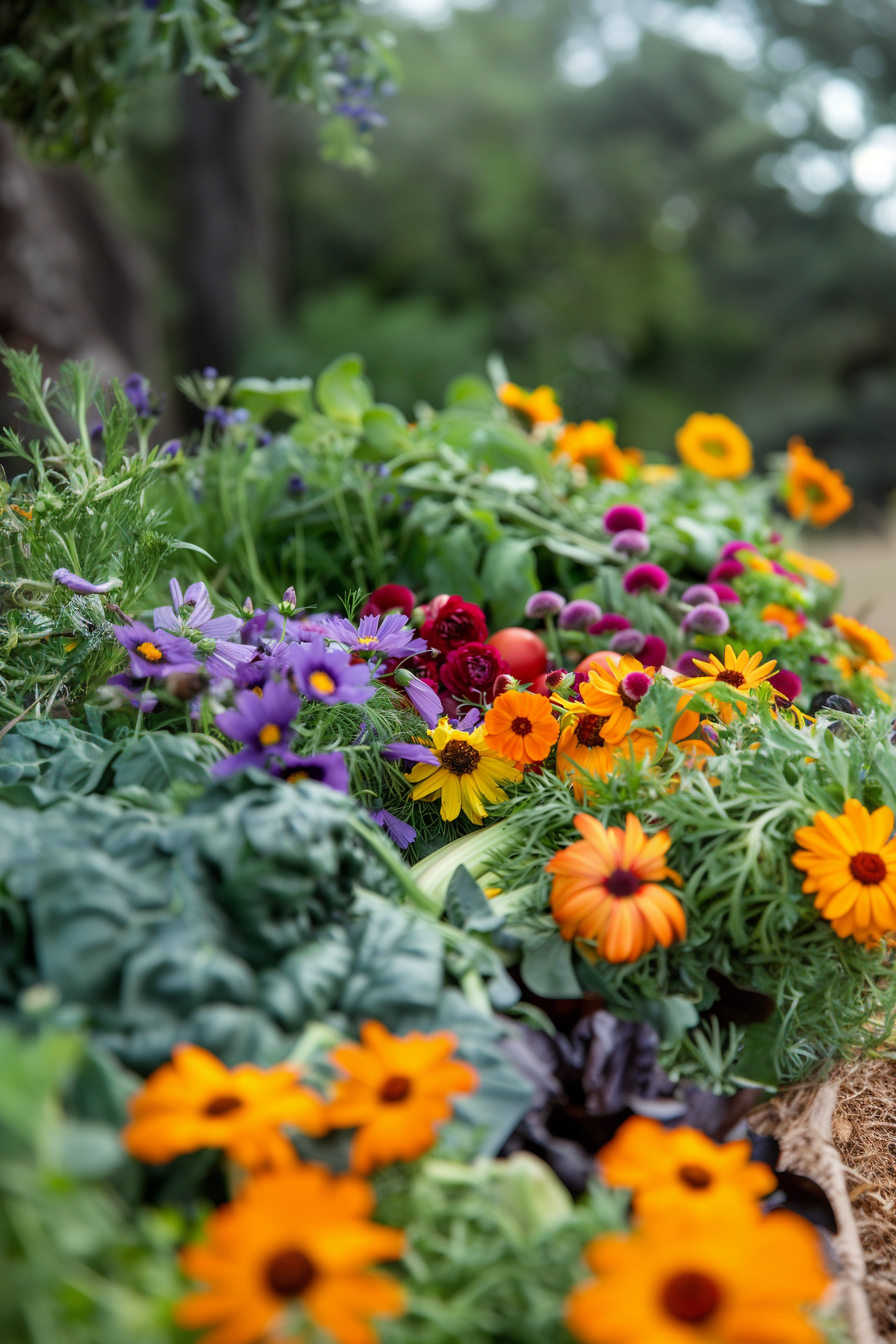















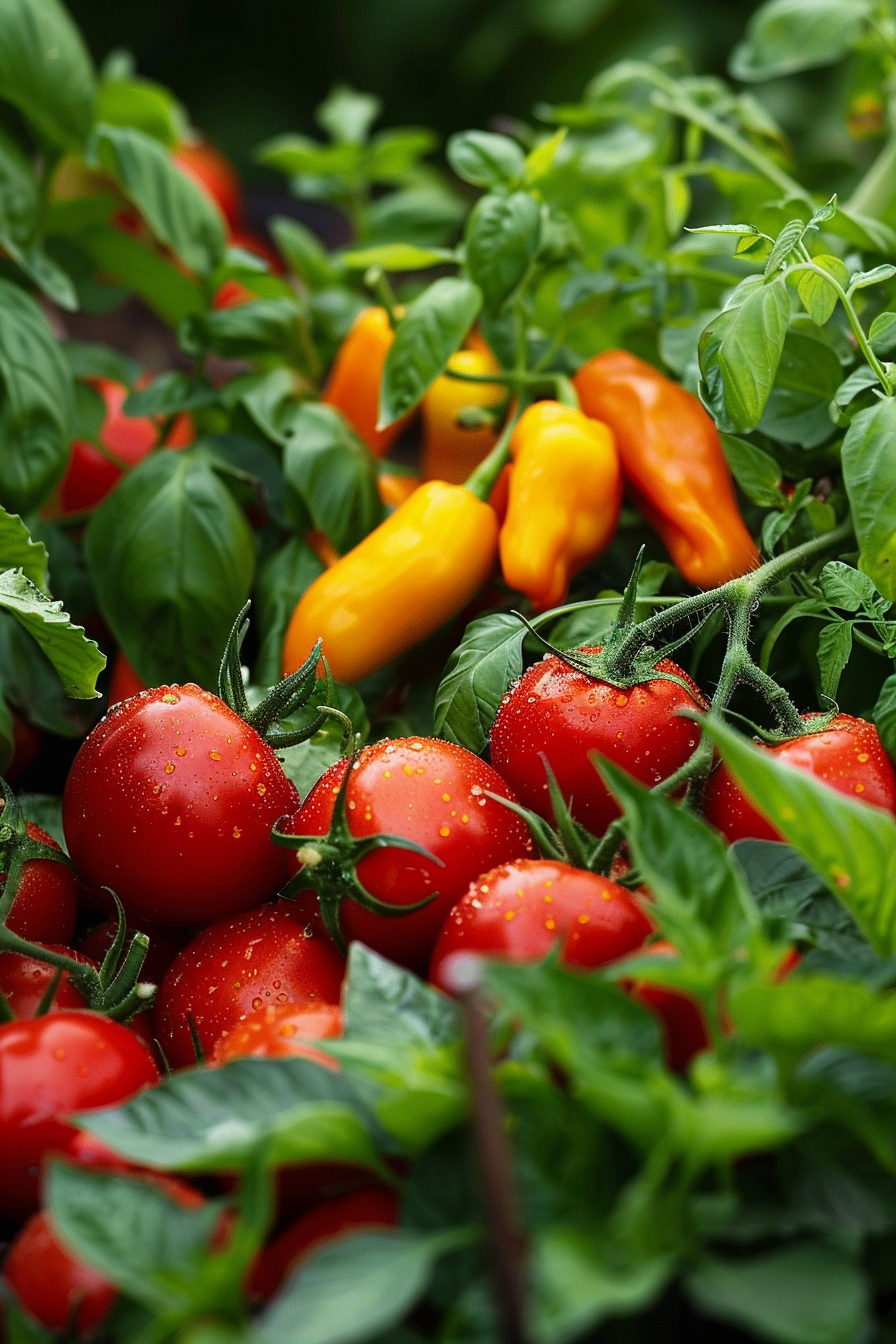
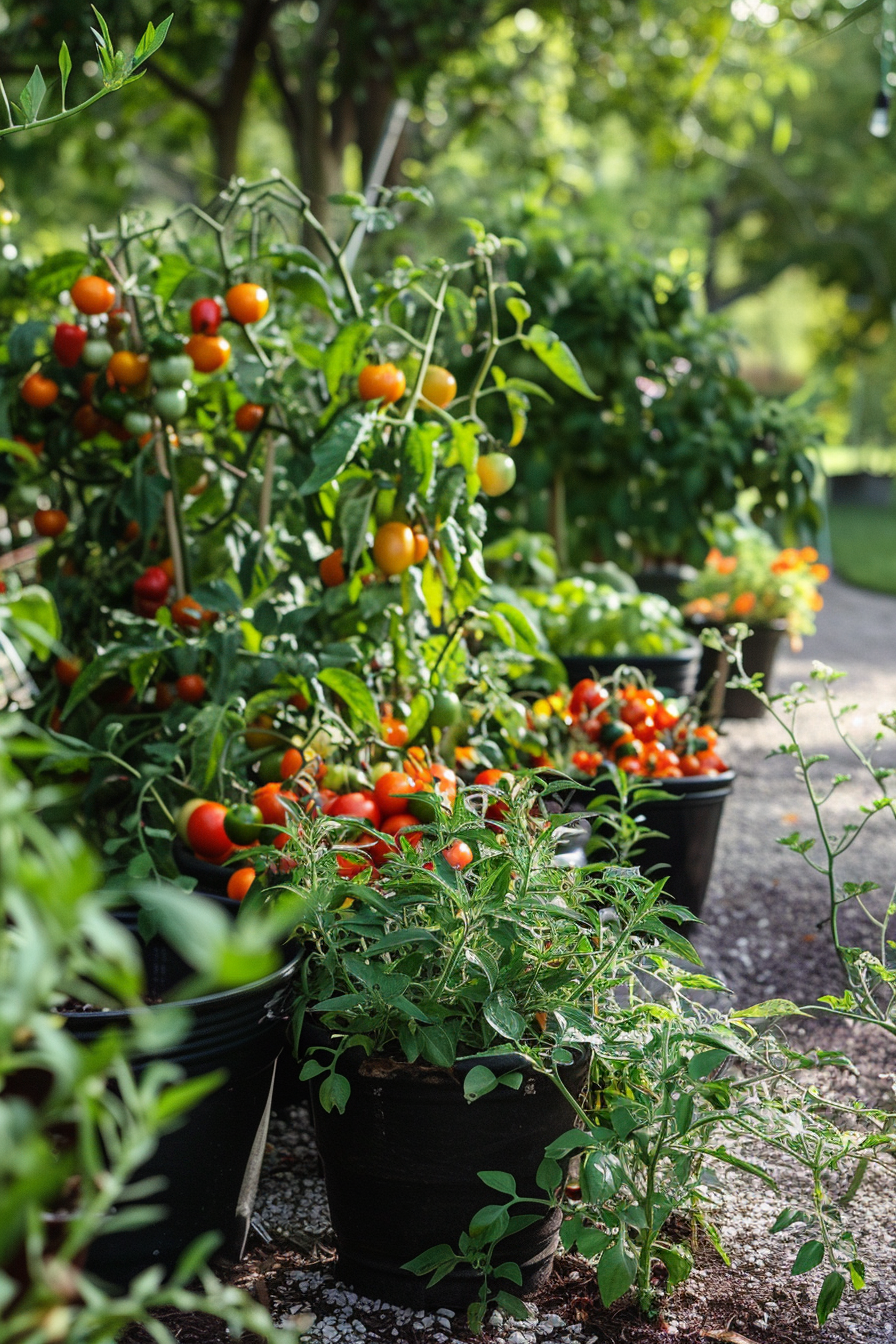


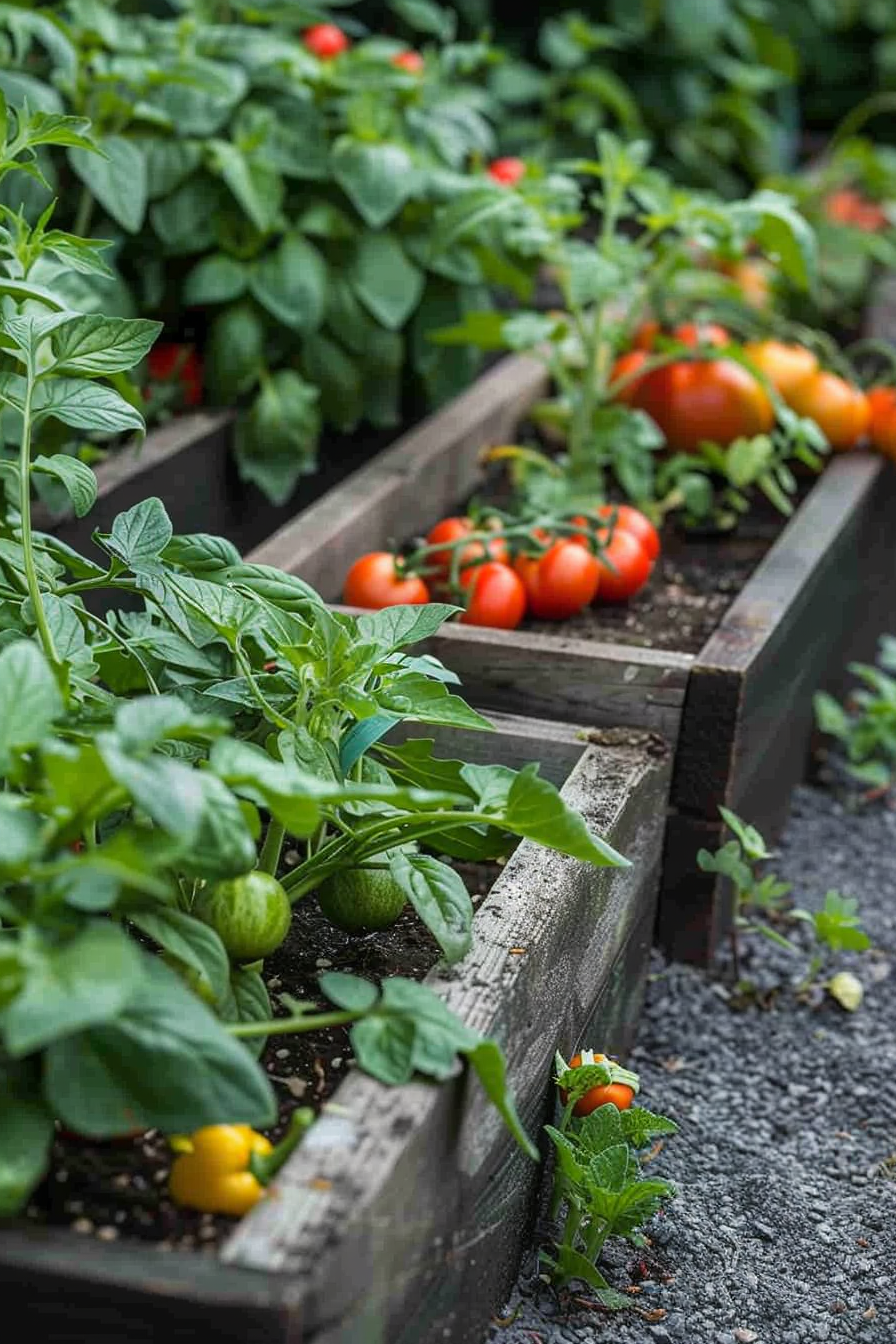

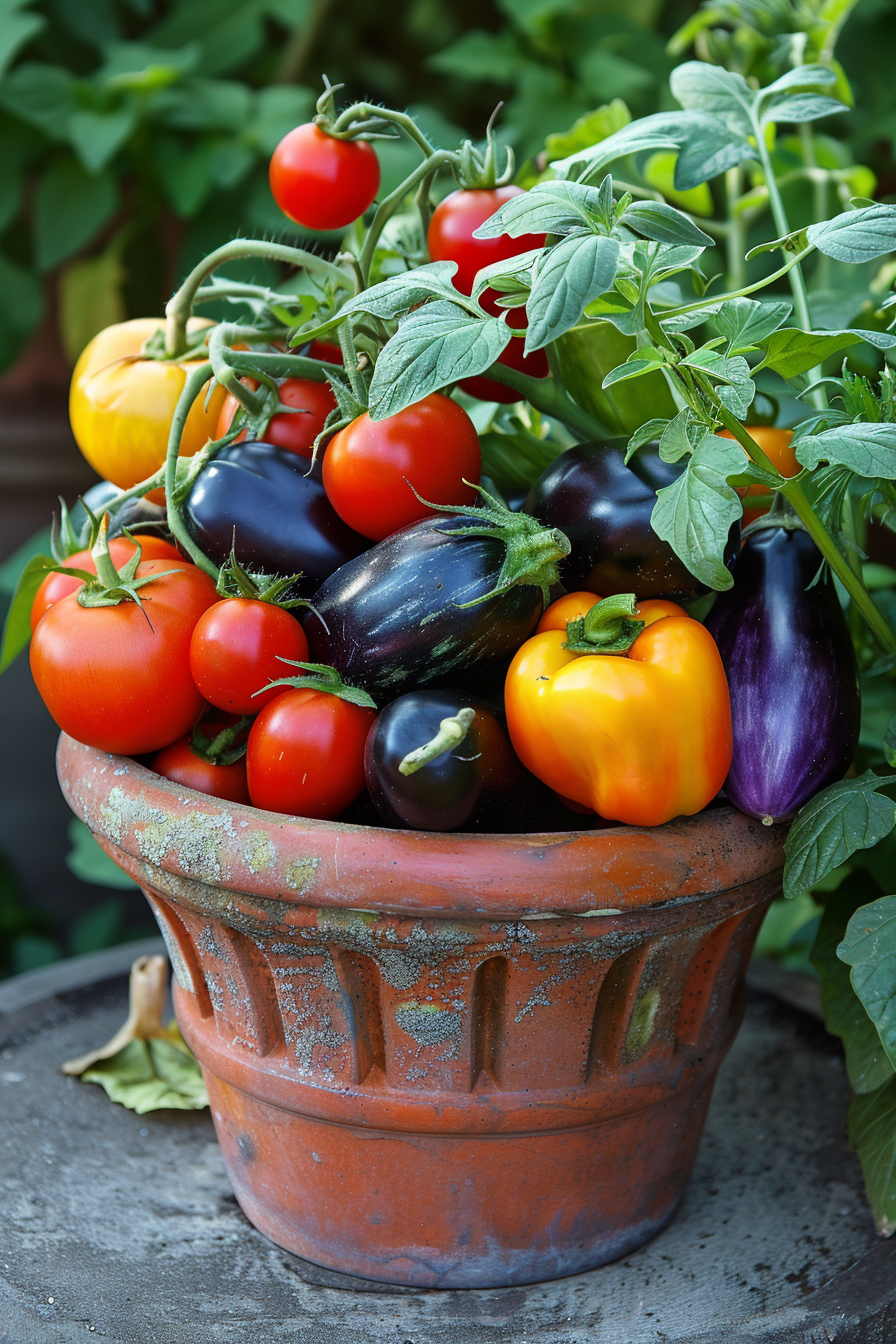
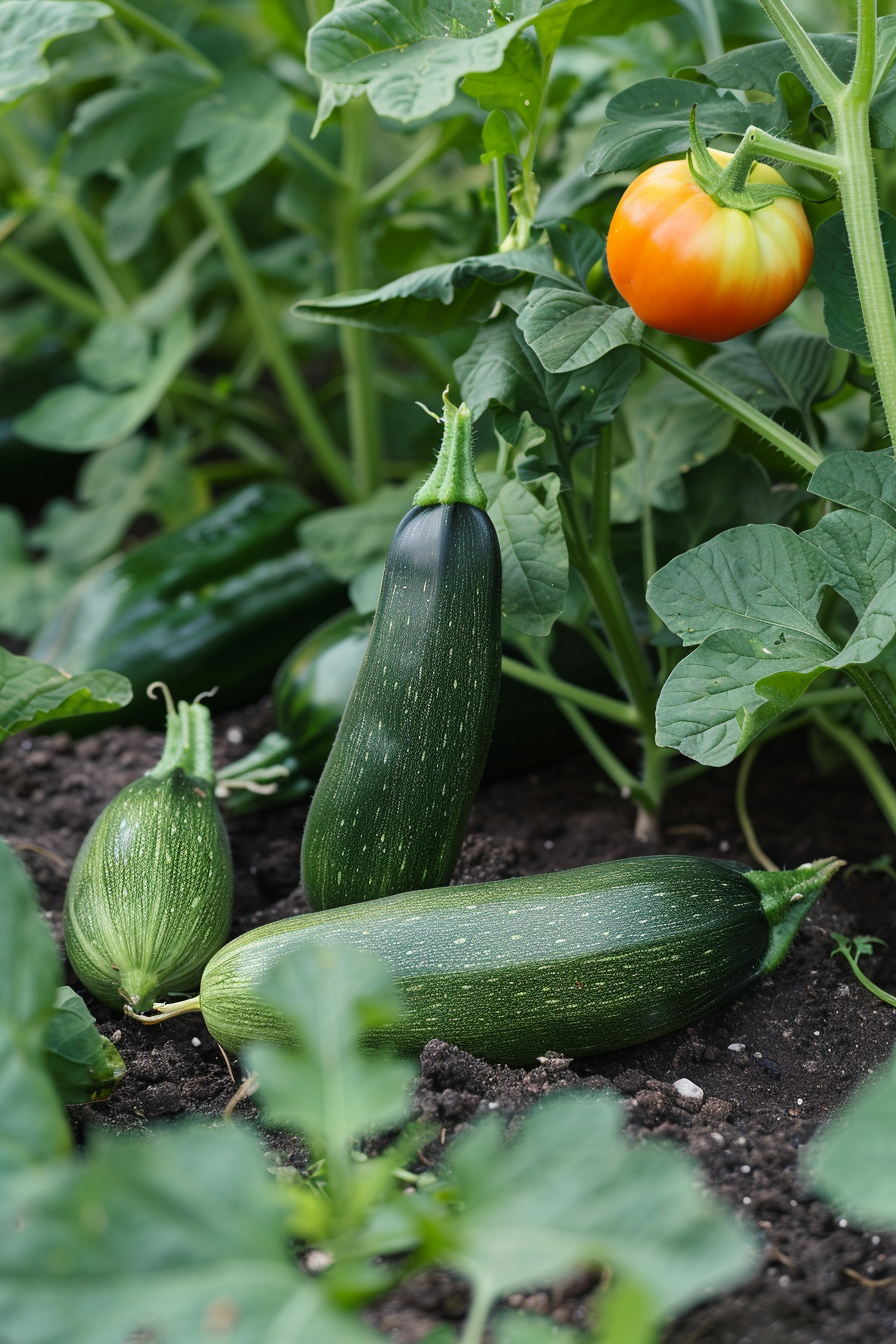

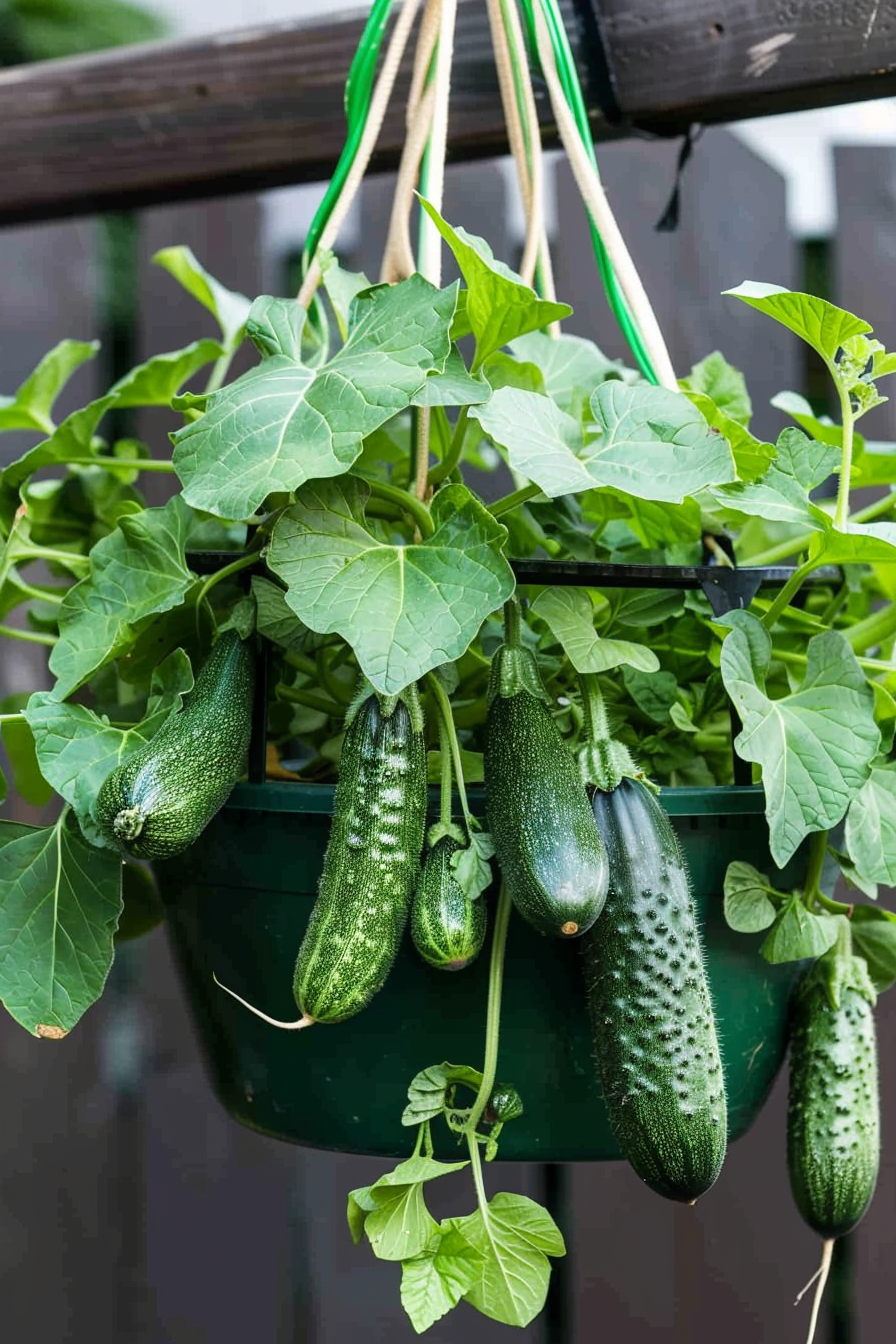








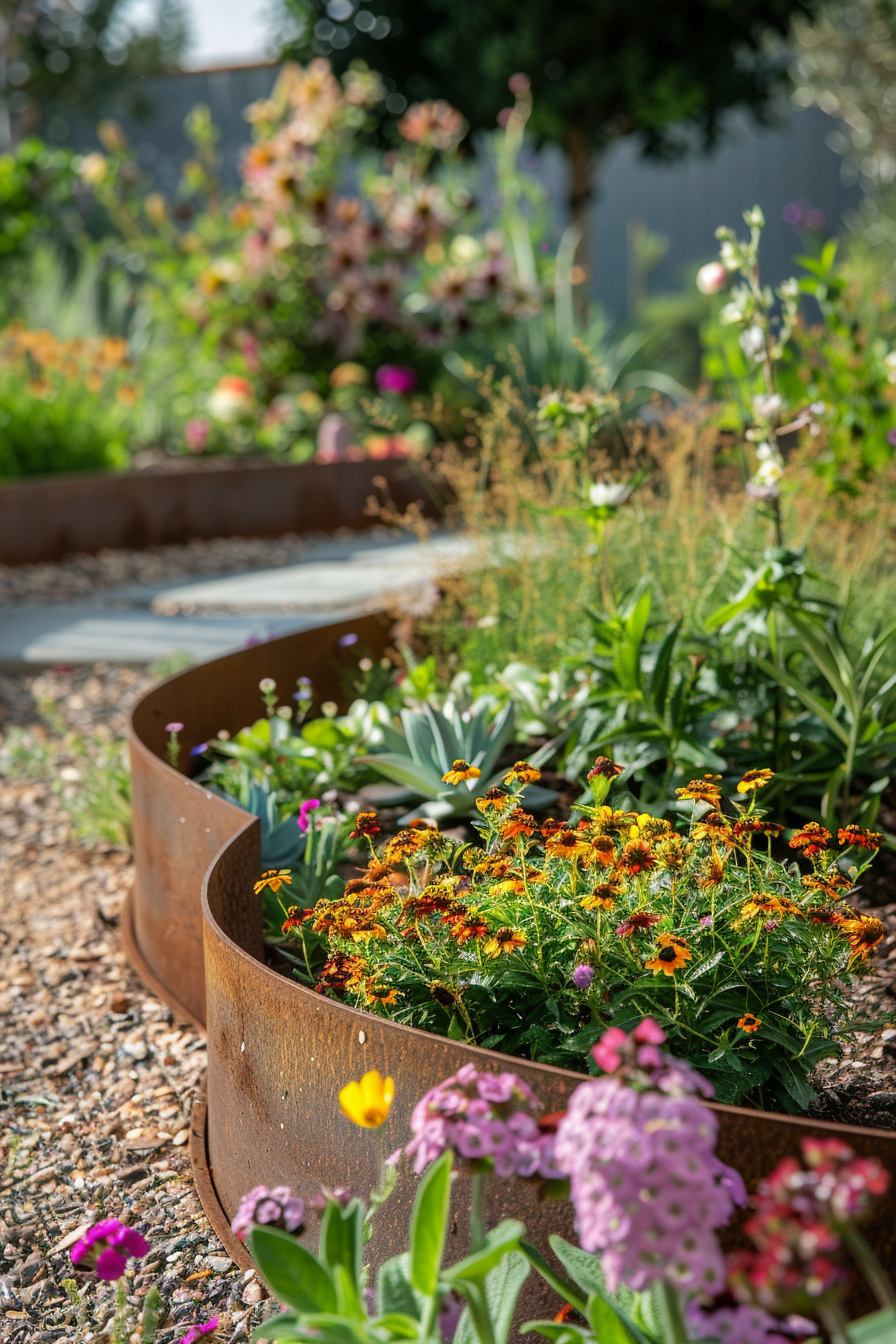







Follow Quiet Minimal on Pinterest for more home design tips and inspiration.


